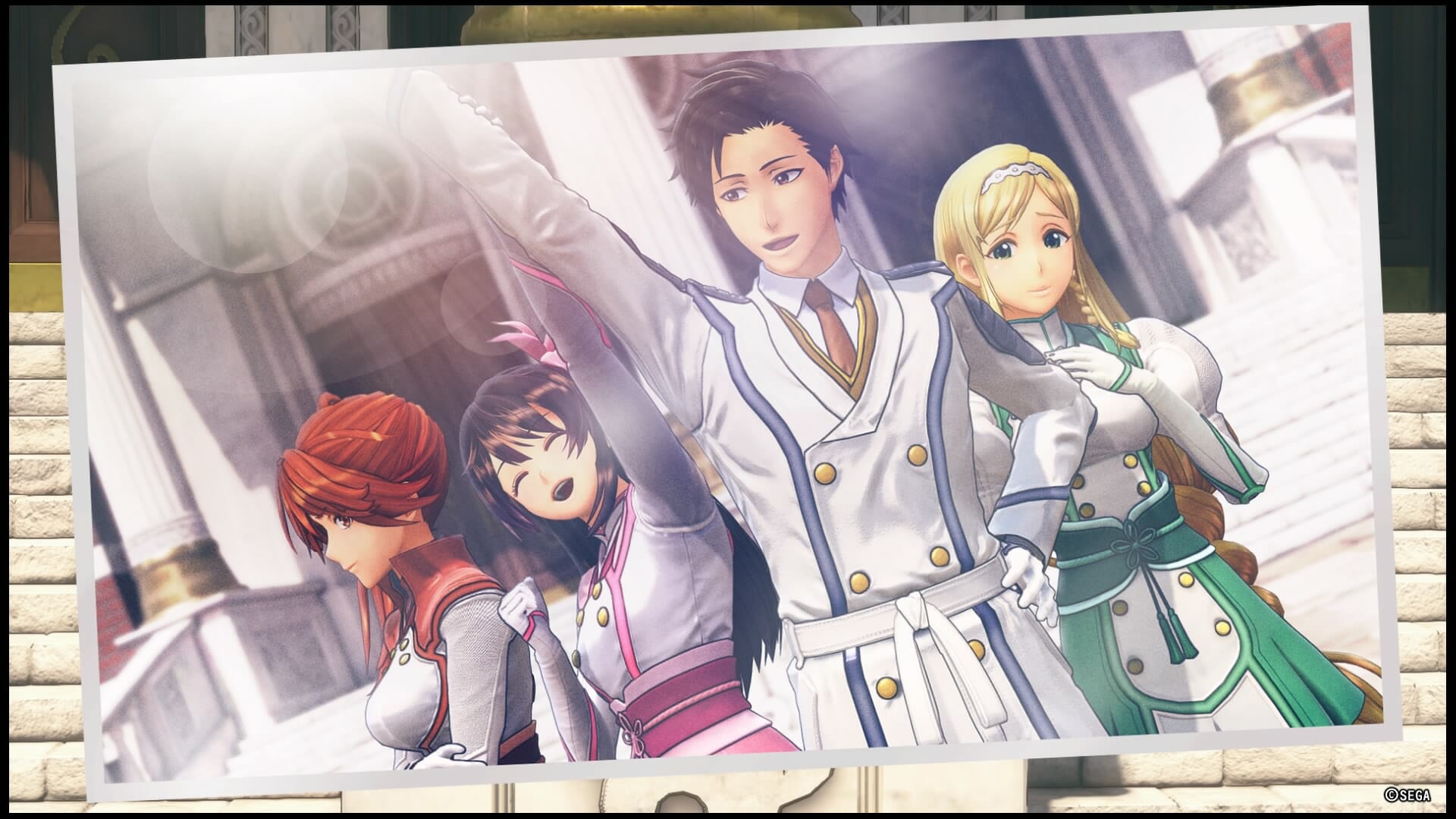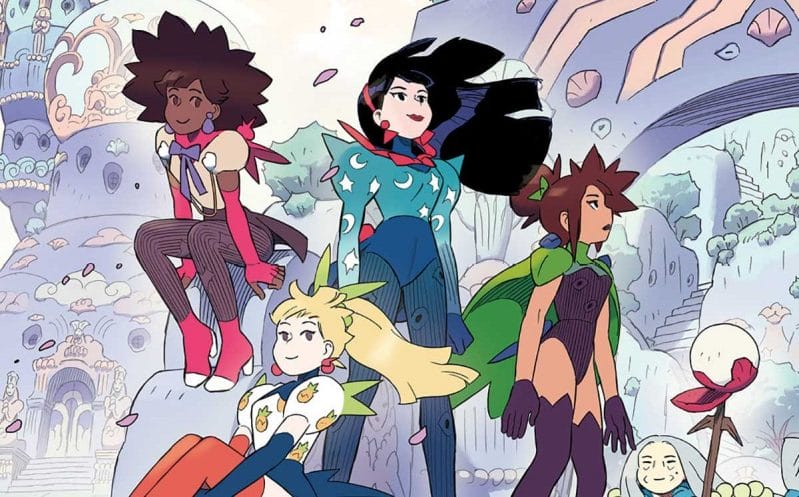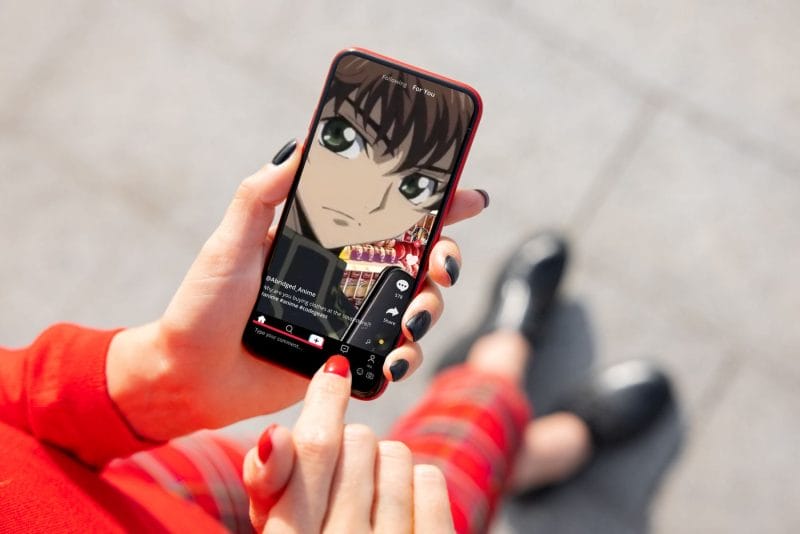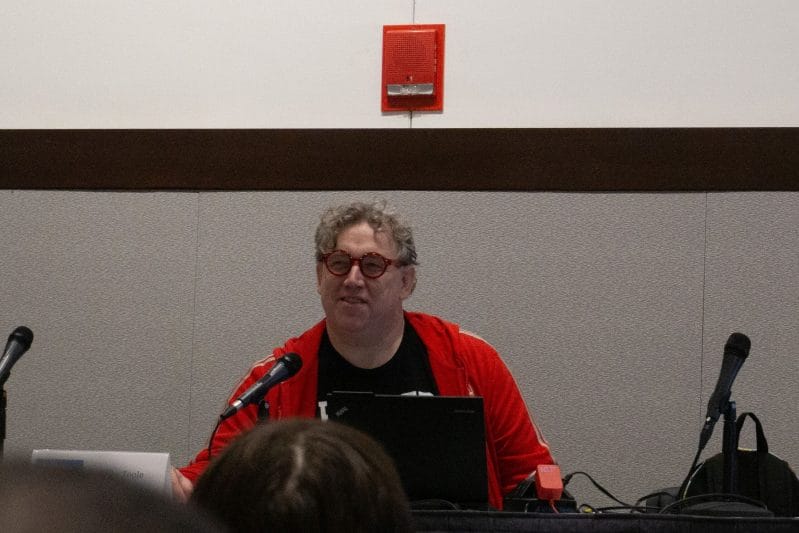By all respects, December 12, 2019 was just another Thursday. For some, it meant braving the cold to head to work. For others, it was a grim summons to retailers everywhere, as ads blared about the remaining shopping days left until Christmas. For gamers, it was a time to hunker down with good food and better friends, as they enjoyed the three-hour ad blitz known only as The Game Awards.
For a small group, though, it was a new beginning. It was a new day in a long forgotten era, which was once paved with steampunk marvels and psycho-powered protectors of justice but now existed as a curious relic in the memories of an aging fanbase.
December 12 was the day Sakura Wars was reborn. It was to be the first mainline entry into the franchise since Sakura Wars: So Long, My Love hit Japanese retailers a full fourteen years, five months, and six days prior.
For the first time in a generation, the stage was set anew for the Imperial Combat Revue.
What is a Maiden?
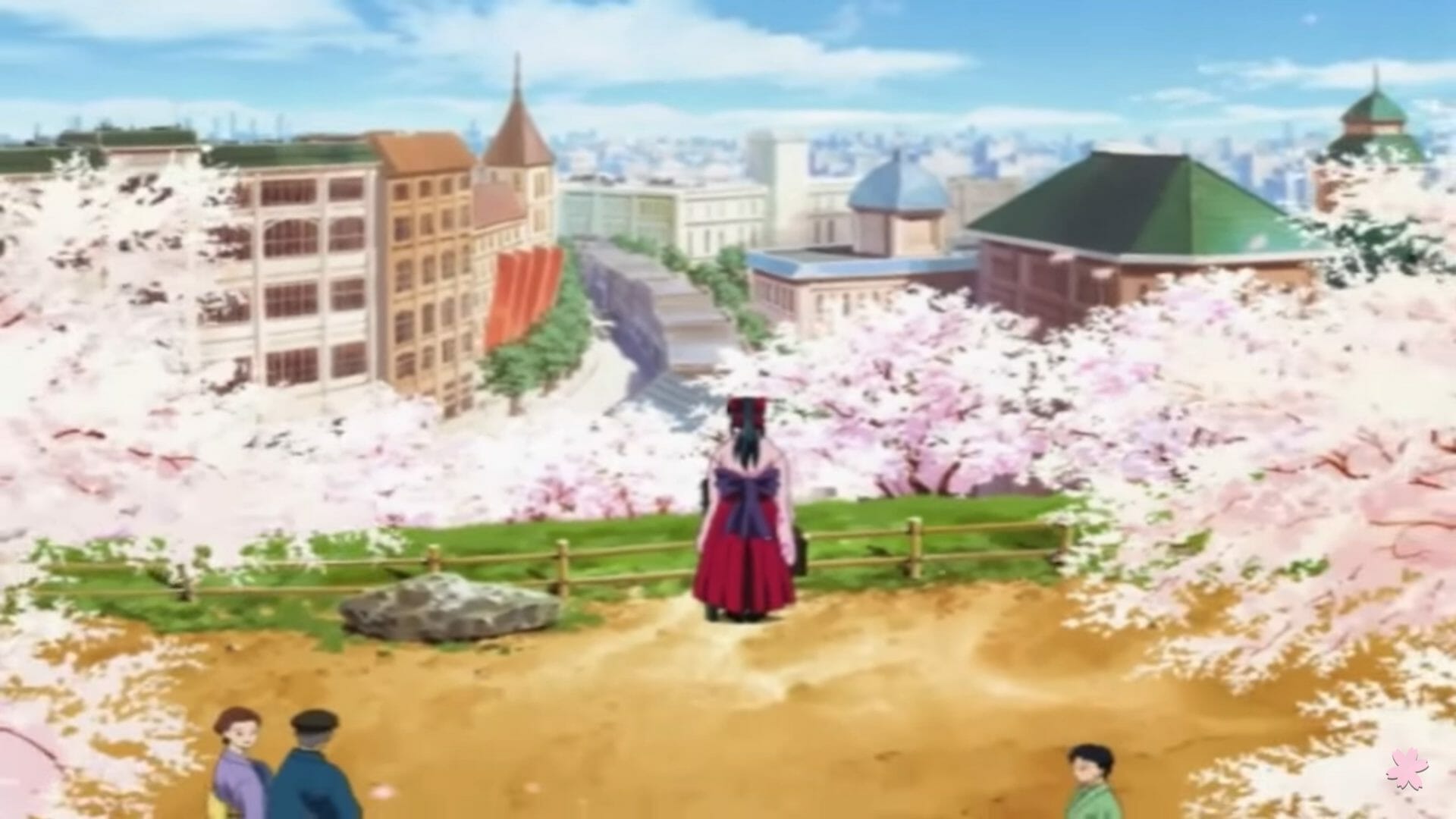
Sakura Wars transports fans to an alternate world, where steam powers everything from the trains that roll down the tracks, to the lights that glimmer in the evening sky. Thousands, nay, millions wander to and fro through the Imperial capital of Japan. Hawkers bark out their specials in the streets clad in comfortable yukata, while businessmen rush toward their next meeting, clad in their finest western-styled suits.
Beneath this bustling surface, something darker looms. Creatures of darkness, frightening beasts known only as Kouma lay in wait for the perfect time to descend upon humanity in bloody combat. In the earliest years of the Taisho era, the Kouma made their first move, striking out against humanity. They would have won, were it not for the efforts of four special individuals: Ikki Yoneda, Ayame Fujieda, Kazuma Shinguji, and Shinnosuke Yamazaki. The four were able to repel the fiends in a bloody skirmish that would be known as the Kouma War. And though they had earned victory, the losses were great as Kazuma fell in the line of duty.
To prevent such a tragedy from repeating, the Japanese military partnered launched a secret initiative. They would train a new generation of fighters, who are gifted with heightened powerful spiritual energy.
In order to do battle, the military eschewed the traditional guns and blades for something bigger: they partnered with Kanzaki Heavy Industries to produce a mobile suit, known as the Koubu. These suits, which are powered by raw spiritual power.
The new division would work while hidden in plain sight, serving as a common theatre troupe in the great Ginza Imperial Theatre. Adopting the name Teikoku Kagekidan (“Imperial Combat Revue” / “Imperial Theatrical Revue”), the crew would bring light to the hearts of the citizens onstage, while banishing the darkness that looms just beneath the surface.
Becoming You

The tale of Sakura Wars’ creation almost feels like a creation of the very stage the franchise celebrates. In an interview in the first Sakura Wars Zennya novel, Oji Hiroi revealed that his first glimmers of inspiration came about in 1990, following a night at the theatre to see Shanghai Rhapsody.
Hiroi was smitten by the spectacle of the stage, and wanted to do something that would evoke that same emotion within his audience. With nothing more than an inkling, Hiroi was forced to table the idea. It would remain but a fascination in the back of his mind for several years.
Hiroi’s idea would return once more in 1993, when the fates would see him working with composer Kōhei Tanaka (One Piece, Diebuster). The two came together at TMS Entertainment, to work on an OVA based on Hiroi’s Far East of Eden: Ziria game, titled Tengai Makyō: Ziria Oboro-hen. Hiroi was working as chief director on the project, while Tanaka scored the soundtrack and wrote the theme songs.
Upon hearing Tanaka’s compositions, Hiroi recounts that he was genuinely moved, and wanted to make a musical based on them. This brought his Shanghai Rhapsody fantasies back to the fore, sparking the development of innumerable concepts that eventually became a video game, tentatively titled Sakura.
The game, itself, was an original project that revolves around the core trappings of the musical theater. It would transport players to an alternate version of Japan, where steam powered everything from the trains that charge over iron railways, to the appliances they enjoy in their daily lives.
The team would grow over the course of the development cycle, adding scriptwriter Satoru Akahori (Knights of Ramune & 40, Saber Marionette) and character designer Kosuke Fujishima (Ah! My Goddess, You’re Under Arrest), who would offer their own flavor to the world.
Sakura would be renamed once more, taking on the final title of Sakura Wars, ahead of its release. The title would finally reach stores on September 27, 1996, to instant acclaim. The title sold through an impressive 205,270 units in its first week, and would go on to move more than 360,000 copies in its inaugural year.
Advance! Imperial Combat Revue
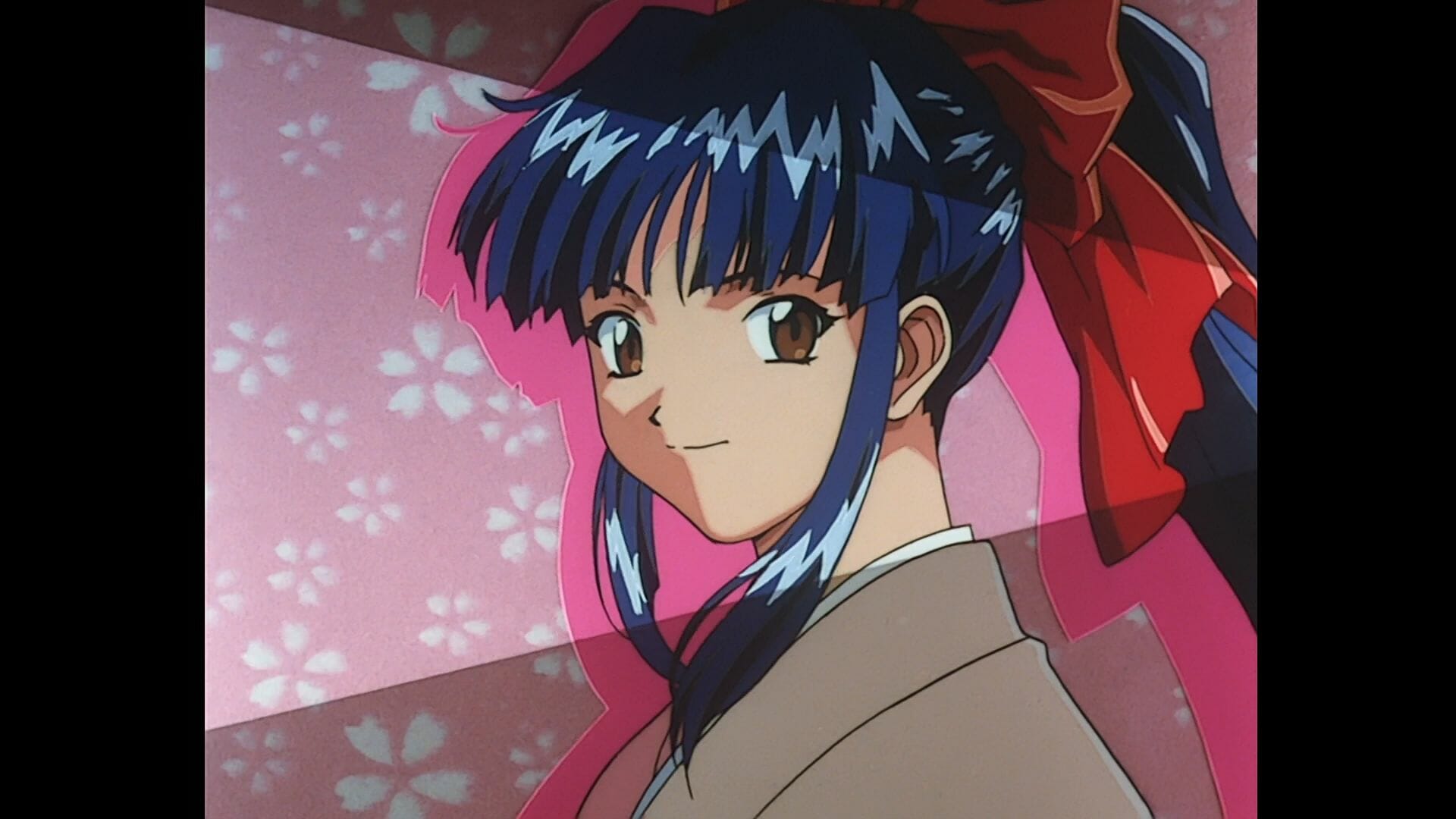
In the years that followed, Sakura Wars would balloon into a media powerhouse, with four mainline sequels, fifteen sequels, five OVAs, and an anime TV series by Madhouse.
And, for a time, it felt like the series was on top of the world. The second game, which launched in April 1998, was a darling of the Saturn library. More than 500,000 customers eagerly scooped the title up, making it the eighth best-selling entry in the franchise.
Outside of Japan, the game gained notoriety for its commercial, which saw Saturn mascot Segata Sanshiro kindling a romance with lead character Sakura Shinguji.
A semi-permanent cafe, Taisho Romando, was erected in Ikebukuro in 1998, where it would stand for a decade before closing down in 2008.
That’s to say nothing of the musicals. With the success of the first game, Sakura Wars took to the stage with a series of live kayo shows. These musical events saw the main cast acting out adventures like Ai Yueni, The Sea God’s Villa, or The Crimson Lizard.
The shows became hits in themselves, running through 2006, and eventually garnering enough of a following to fill the famed Nippon Budokan.
Iron Star

Sadly, as any director can tell you, the power of the limelight is truly limited. On July 7, 2005, Sega released the fifth mainline title, Sakura Wars: So Long, My Love. The title sought to introduce a new cast, with new lead Shinjiro Taiga heading up the New York Combat Revue.
Despite acclaim from Japanese publications like Famitsu, who gave the title a resounding 37/40, So Long, My Love failed to find an audience with the greater Japanese public. The series would move a paltry 112,000 units in its first week, the lowest opening for the franchise to date. It would sell through just 144,600 copies by the end of its first year. NIS America released this title in 2010 in North America and Europe, with a massive, glitzy marketing push. Banner ads, trailers, and even a limited edition were produced for the game. Moreover, NIS produced a full English dub that featured top-tier talent, such as Laura Bailey and Johnny Yong Bosch.
Sadly, whether it was due to poor timing, or some other factor, the title failed to meet NIS America’s expectations.
A dungeon crawling pseudo-sequel would ship for the Nintendo DS in 2007, which would be the last entry into the Sakura Wars franchise to ship to stores. Though the series would live on through smartphone games, crossovers, and cameos in games like Project X-Zone, many accepted that its life in the limelight was over.
Heart of the Festival

In April 2018, fans flocked to the Sega Fes fan event. During the show, news broke that the Sakura Wars franchise would receive a new console entry. At the time, little was known outside of code name Shin Sakura Taisen (New Sakura Wars), and a vague idea of the game’s place in the timeline. The staff promised that the new game would “inherit the DNA” of its predecessors, but the jury was still out as to what that meant.
As the months went on, more and more details were doled out. First, Sega CEO Haruki Satomi revealed that the project would be more than just a video game. Next, we learned that it had a projected release date of “before March 31, 2019.”
All the while, hints of something greater began to pop up. On March 19, 2019, Sega filed an English trademark for “Sakura Wars.” A few days later, Sega of America published a survey that sought to gauge excitement for upcoming games. For the first time ever, the publisher acknowledged the franchise, listing out each entry with an official English title.
By the end of March, Sega was ready for a blowout at SegFes, on the same stage where they announced New Sakura Wars a year prior. Expectations were primed, as Sega hosted a massive interactive display devoted to the franchise, which included a museum of historical memorabilia, among other attractions.
On March 29, at 9:33PM Eastern, Sega president Haruki Satomi took the stage for the event’s keynote. Sakura Wars received nary a mention, as all eyes began to focus on Persona, Space Channel 5, and the then-upcoming Sega Genesis Mini. On Twitter, the mood started to slowly deflate. After nearly a decade and a half, many were used to disappointment, though. They began to commiserate and chatter online, as they attempted to lighten the mood.
Twenty-nine minutes later, though, Satomi took the stage once more, explaining that Sega had “one last announcement.” The lights went dim, suddenly, and all eyes were on screen, as a haunting string melody began to play, and a few cherry blossom petals drifted delicately against a shimmering full moon.
“Year 29, Taisho Era… 10 years since the previous Combat Revue was lost…”
The flower petals swirled up in a brilliant pink storm, giving way to the Great Imperial Theater, as unknown new characters appeared in settings that so many had come to know and love. That’s to say nothing of the melody. The promo opened with the first brassy trills of Kohei Tanaka’s iconic Geki! Teikoku Kagekidan, which would usher in an all-new theme song.
A Place to Return To
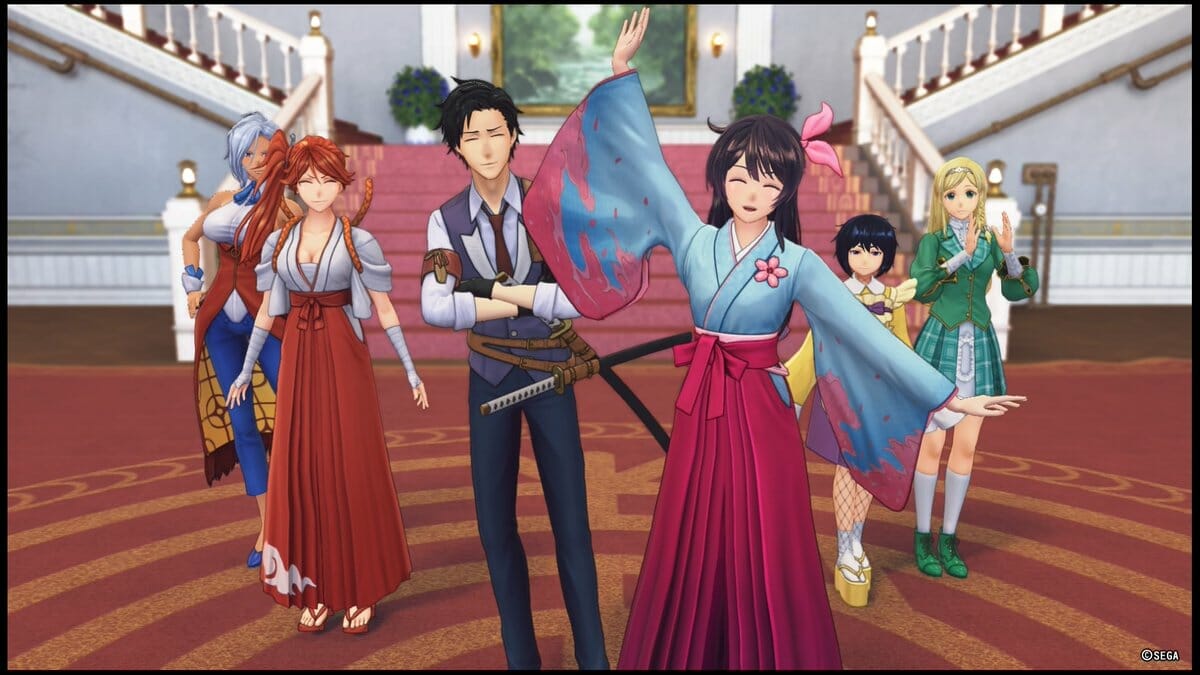
From here, the game was afoot. Character details, core plot elements, and even an all-new stage performance by the famed OSK Revue were confirmed in a veritable news bomb. Not an hour later, it was revealed that a western release of the game was also in the works, in the United States, Europe, and beyond.
With each passing month, new details continued to drop. A dozen streaming events, magazine spreads, a 52-page feature in Famitsu magazine, and even a robust demo had made its way to Japan’s PSN store by the end of November of that year, as Sega threw all of its muscle behind the franchise.
By the time Sakura Wars (2019) hit stores on December 12, it felt as though eyes were gazing upon the franchise from all angles. Fans, pored over the numbers hoping to see signs of success. Industry watchers stared on with collective skepticism, unsure of whether Sega could trap lightning in a bottle once more. Sega, meanwhile, kept an eye on every event, as they held a firm hope that the series could bring the old guard back, while attracting a new audience.
The title sold through 140,376 copies in its opening week, eclipsing the franchise’s previous two entries. Sega later announced that the release bumped total series shipments up beyond four million units.
Sakura Wars would go on to move 161,288 units before it left Famitsu’s charts.
Beyond the Rainbow

With all of this behind it… all the history, the dramatic backstory, there were still a lot of questions swirling around this entry. The combat was different, the cast was (mostly) all-new, and the character designers and writers that defined the previous generation were nowhere to be found.
Bleach’s Tite Kubo and a team of all-star guest artists took the reins from previous designers Kosuke Fujishima and Hidenori Matsubara. Jiro Ishii (Nine Hours, Nine Persons, Nine Doors, Under the Dog) stepped in as the new story writer, succeeding Oji Hiroi and Satoru Akahori. Only Kōhei Tanaka, who had scored the entire series previously, returned as a core team member.
Would this new team be able to capture the energy of their forebears? Would they be able to capture the fanciful whimsy and energy that came from the previous generations? Would they be able to craft a Sakura Wars that could satisfy the old guard, while bringing changes to entice a new generation of fans?
Honestly? Yes!
Well… kind of! It’s complicated.
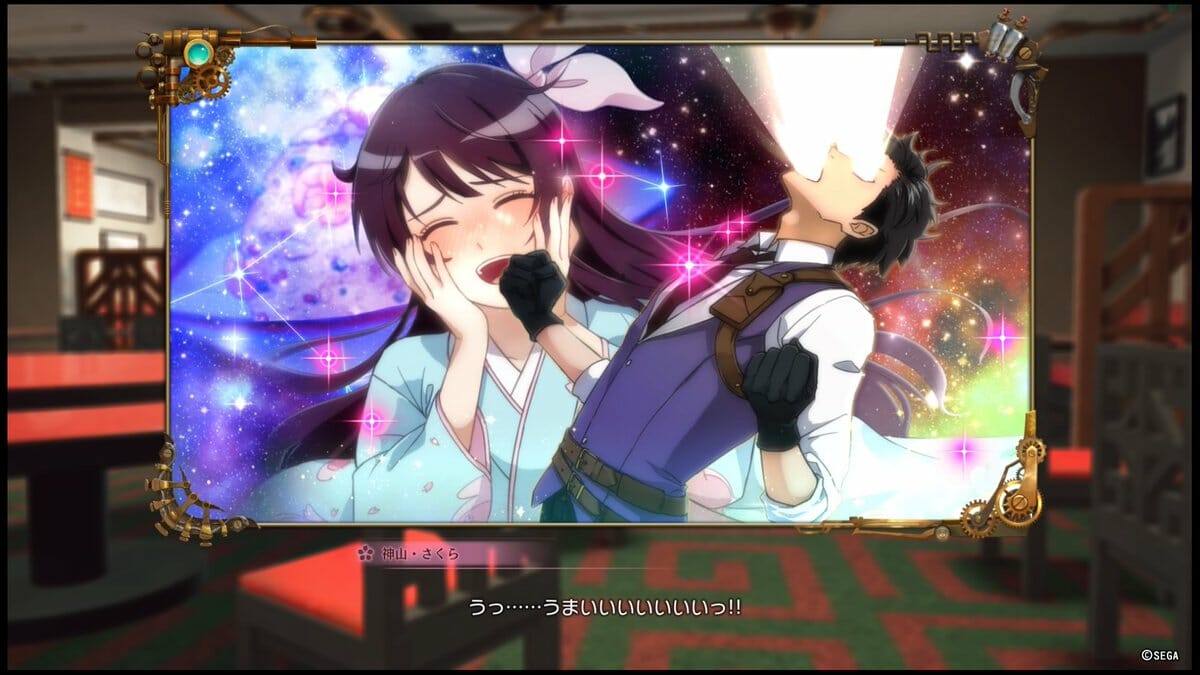
Sakura Wars (2019) heralds the start of a new era for the franchise. It’s a passing of the torch, from the old guard to the new, which entrusts the immense weight of the franchise into the hands of a new generation of caretakers.
Through it all, it’s clear that Ishii, Kubo, director Tetsuya Ootsubo, and the many others who worked on the project understood this gravity, and used it to inform their every design decision. The result is an experience that pays immense reverence to its past, while looking firmly toward the future.
From the moment players boot the game up, it’s clear that the newest entry was crafted by folks who adore everything about the series and its history. The smallest details, be it Sumire’s headband and naginata in her office or a Sakura Wars 4 group photo adorning magazine covers in the theater lobby, serve as tiny reminders of the team’s love of the series at large. That’s to say nothing of the deliberate, painstaking update to the Great Imperial Theatre, which not only preserves, but faithfully updates more than a dozen rooms that were previously only seen in 2D sprites and conversation backdrops.
In this light, the building itself becomes a character unto itself, in this light, with each nook and cranny telling a small story of its own. Whether it’s Ooba’s shop, which occupies Tsubaki’s former sales corner or Kaoru’s outpost in Yuri and Tsubaki’s office, every square inch tells a tale of past heroism, be it the bravery that saw the Imperial Combat Revue secure victory in combat, or the courage that saw the Flower Division put forth classic performances like Miracle Bell and Hanasaku Otome.
Even the countless bromides that litter the landscape stand as a memorial to the giants upon which this new entry rests. Each one is a time capsule unto itself, depicting a different iconic moment from the series, from victory poses to famous cutscene moments.
At the same time, though, this new entry is one that recognizes that while the past is to be revered, it cannot become the anchor that holds back progress. Much like Gunbuster gave way to Diebuster, this new entry walks a fine line that pays homage to its predecessors beyond the superficial elements, while blazing a path toward the future.

The plot is pure Sakura Wars, from its humble opening to its grand, showy climax… albeit with some sports manga thrown in for good measure. Familiar setpieces like the demonic kouma and characters that would feel right at home in previous entries are disarmingly comfortable, to the point that one would be hard-pressed to even fathom that the series had simply vanished for nearly fifteen years. At the same time, though, new elements, like the global Combat Revues and the ever-present WLOF championships, provide a backdrop that’s ripe for fresh rivalries and new enemies that wouldn’t be possible in years past.
That’s to say nothing of the combat, which casts aside the franchise’s strategy roots, in favor of over-the-top action that’s packed with Bayonetta-esque Witch Time moments and high-octane dashes across the walls of arenas.
Ultimately, though, this is a small game, with a ton of swagger. There are fewer than fifteen maps in the game’s Adventure mode, though each is positively brimming with personality. Locations like Ginza Station, the busy Main Street, and the delightfully-named Cafe Gilles du Lait are brimming with personality.
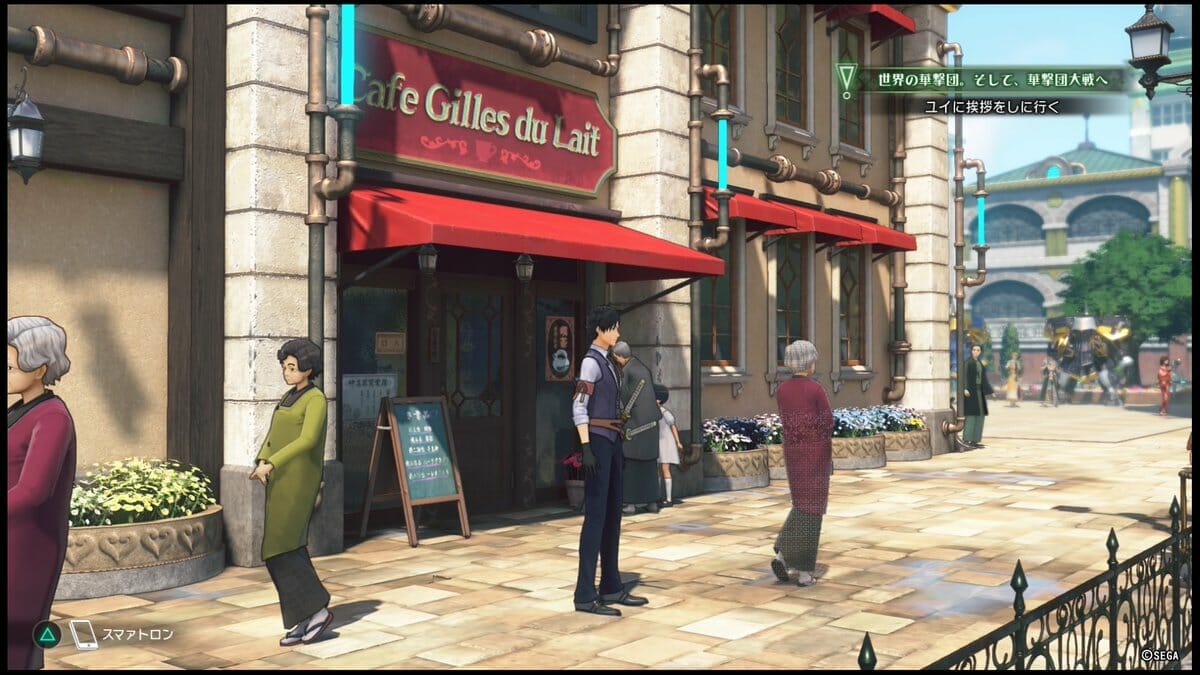
That charisma extends to the characters, who are genuinely charming with sharply written dialogue and a real sense of belonging within the greater world. Named cast members, like Elise, Itsuki, and Kaoru quickly worm their way into players’ hearts, to become as irreplaceable as main players like Sakura, Hatsuho, and Sumire.
All of these elements are brought together in a harmonious union through Jiro Ishii’s plot. Ishii did an incredible job in telling a tight tale, with zero bloat. Every moment keeps the player fully engaged, whether they’re cutting through a cadre of Kouma, sharing an intimate chat with a team member, or doing recon work in a giant elephant suit.
No, really.

That’s to say nothing of the truly sublime soundtrack, which was a labor of love by Kōhei Tanaka that combines old and new alike to become something that’s very familiar, but wholly unique at the same time. Leitmotifs of iconic tracks like Geki! Teikoku Kagekidan and Hanasaku Otome can be heard running as an undercurrent to the many songs within the game, providing that warm embrace of nostalgia to accompany the overall mystique that comes with the new tracks.
Of course, that’s not to say that this is a perfect experience. The game does lack several of the small minigames that would dot previous entries. Previous entries would see Ogami teaming up with one of the other Flower Division members to do something offbeat like cleaning the theater’s stage, cooking dinner, or swimming across a pool strewn with mines. Their absence is felt over the course of the game, as these small moments of levity did help to offer texture to the overall experience.
All things considered, it’s a fair trade. The quiet, introspective moments between Seijuro and the rest of the Flower Division are far more valuable of an experience than a miniature matching game.
A more pressing issue, though, is that Sakura Wars’ new action-based combat lacks several accessibility options that have become the norm over the years, from mappable buttons, to a camera lock-on. These elements have been a source of criticism from players across the globe, and could easily become a roadblock that will keep new players from diving into the experience.

Thankfully, this appears to be getting some attention by Sega. In their January streaming event, the publisher revealed that they have heard feedback from the gaming community, and that they’re hard at work on improvements for the game’s global release.
At the end of the day, though, even with the new combat, or the reworked flows, this new entry is still Sakura Wars, from the tip of its hair ribbon to the toes of its boots. No matter how one looks at it, how they classify it, this will always be that amazing, quirky, sometimes campy adventure that pairs psycho-powered song girls with super robots. And, for the first time in nearly a decade and a half, this charming franchise has finally come home for an encore.


